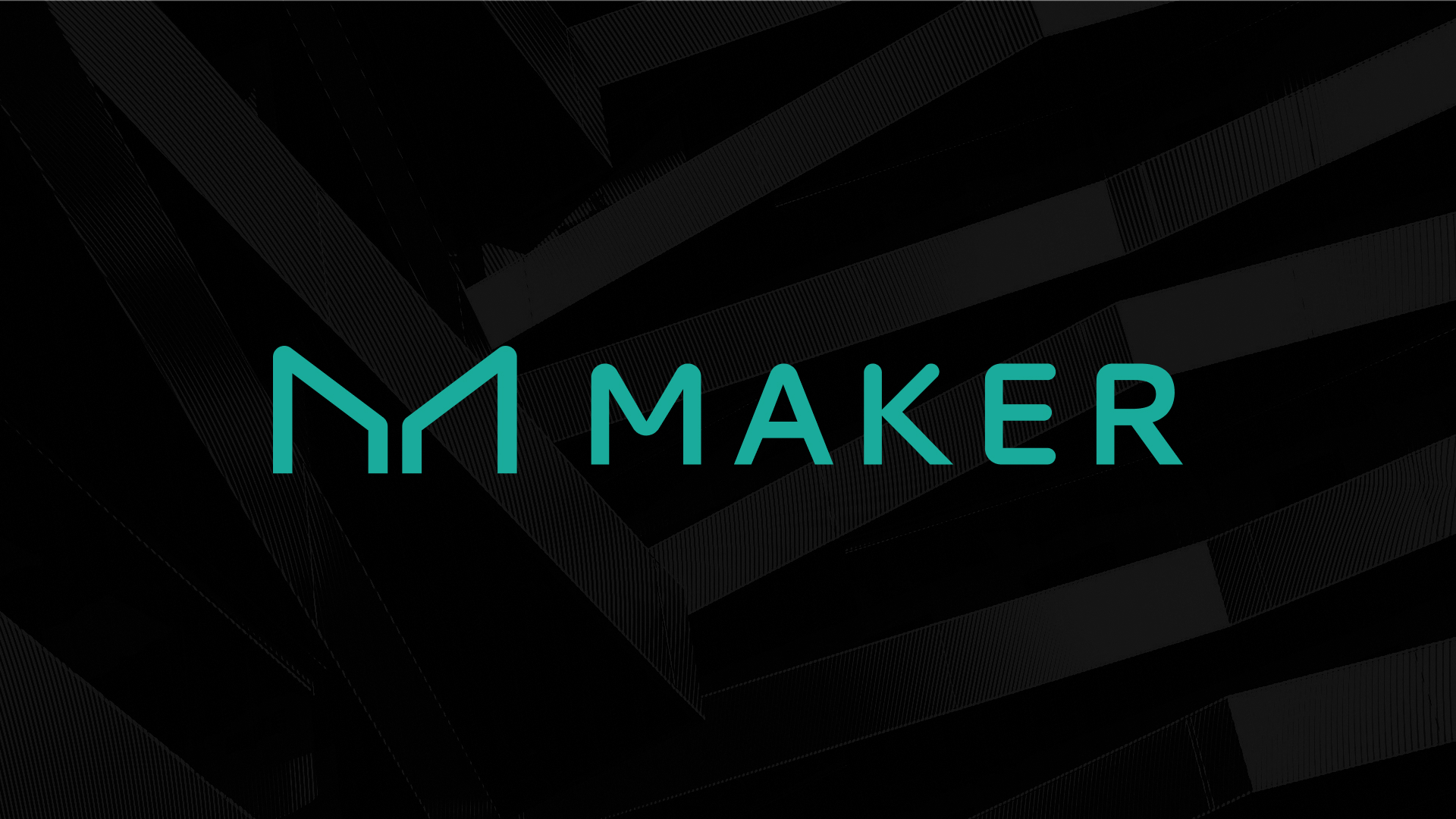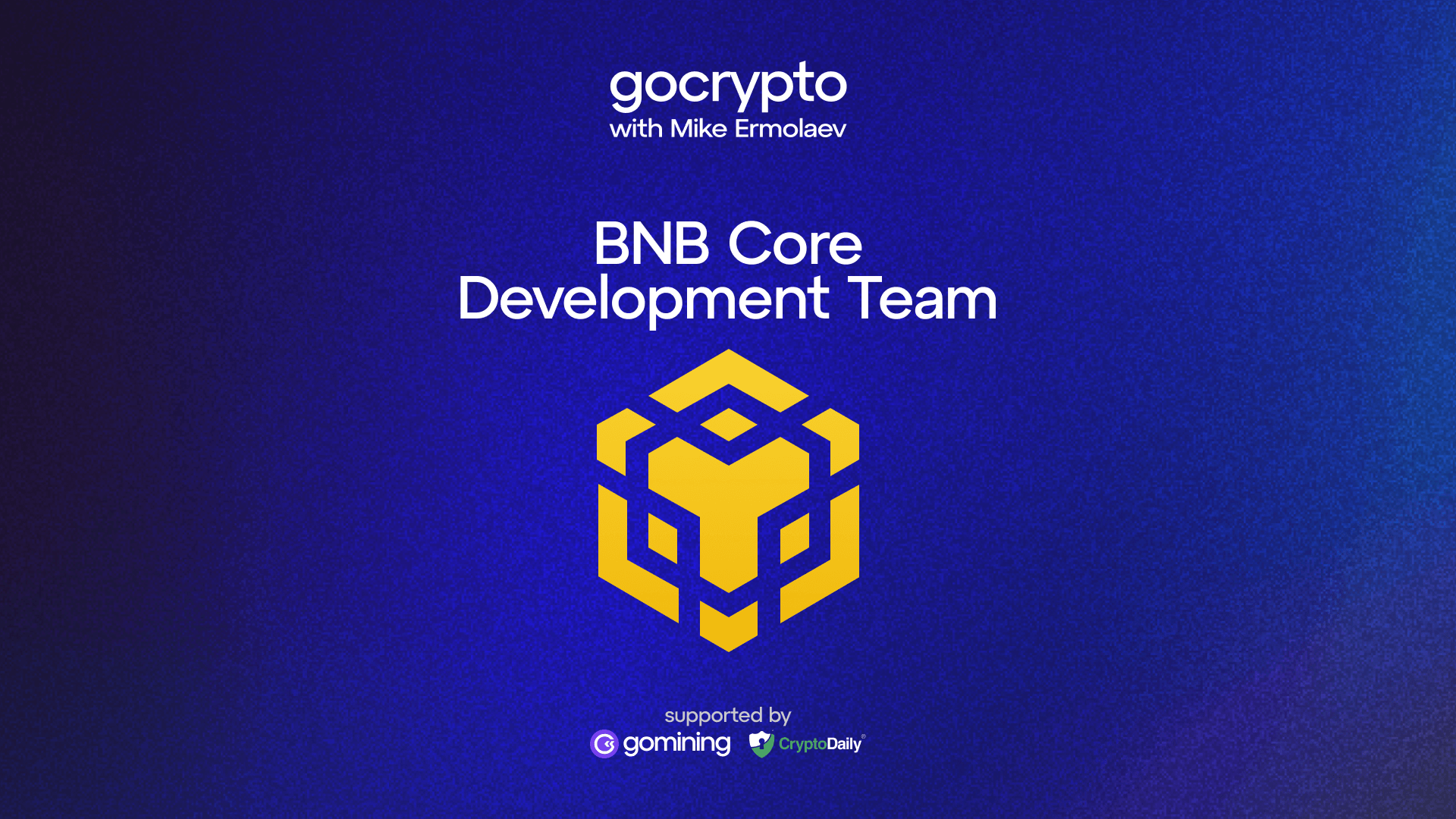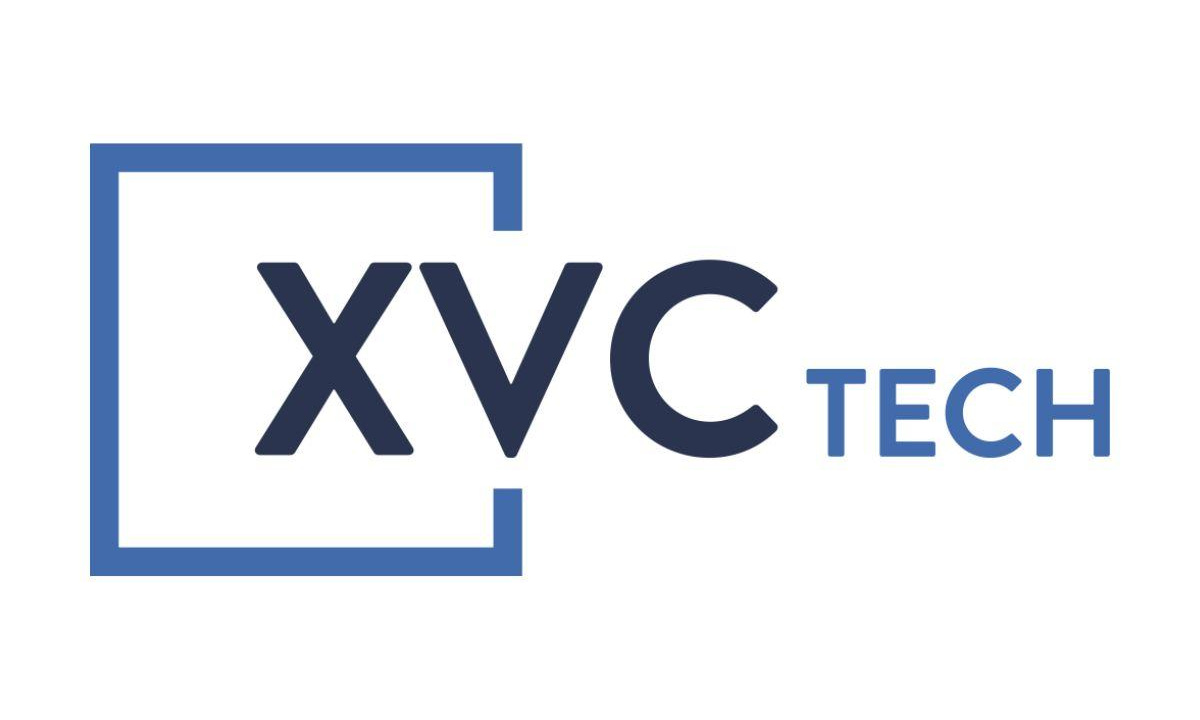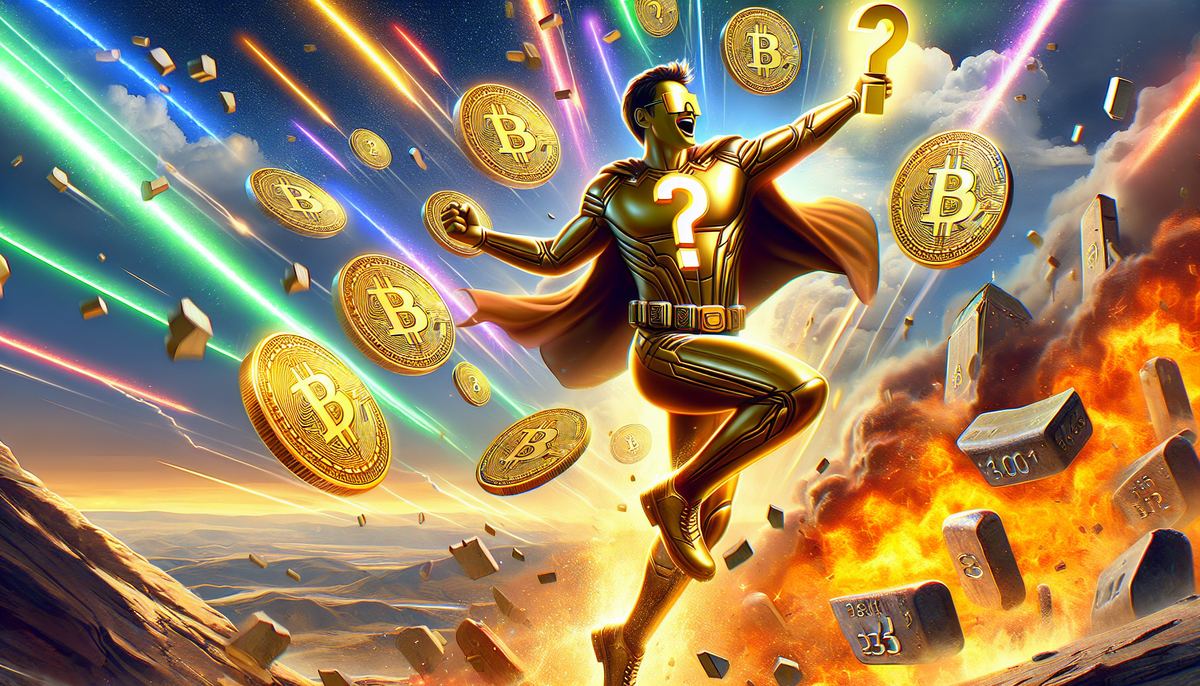MakerDAO, a pioneering DeFi protocol, has initiated a vote on a proposal that would allow its delegates to maintain anonymity and keep their whereabouts undisclosed.
Co-founder Rune Christensen is leading the proposal, which, if approved, would make anonymity a mandatory requirement for eligible voters. The proposal includes consequences for delegates who reveal their identities publicly, with the forfeiture of their rewards as a penalty. Community members who provide evidence of such wrongdoing would also be eligible for rewards.
Christensen believes that this measure would reduce the vulnerability of delegates to criminal targeting and prevent them from using personal relationships to influence outcomes. By keeping delegates' identities secret, the proposal aims to enhance security and minimize the risk of hacking attempts.
On-chain data indicates that Herfindahl-Hirschman Index (HHI), a metric measuring supply concentration, has increased. With a current value of 0.022, the higher index suggests that funds are more concentrated in certain addresses, indicating lower competition within the network.
However, the HHI has limitations in defining the specific market being examined. For instance, it may fail to account for situations where one company dominates a particular segment or holds a monopoly over a specific product or service, despite the overall market appearing competitive based on the HHI calculation.
Geographic factors can also impact market concentration. Companies with equal market shares operating in different geographic regions may effectively have a monopoly within their respective markets. This can lead to situations where the HHI value increases significantly in specific areas, even if the overall market appears competitive.
Despite recent fluctuations, MakerDAO's Total Value Locked (TVL) remains in second place behind Lido Finance (LDO). The TVL represents the total amount of assets locked in a protocol. At present, MakerDAO's TVL stands at $6.87 billion, reflecting a 7.30% decrease in the past 30 days, indicating a decline in liquidity and overall protocol health.
Turning to the price of MKR, reveals a 12.19% decrease in value over the past month-to-date cycle.
Historical Significance
The historical relevance of MakerDAO as a pioneering DeFi protocol lies in its role as a model in terms of market concentration and how this affects the ecosystem in general. Where market dynamics and competition are at play, protocols such as MakerDAO whose decentralized stablecoins (as opposed, for example, to dollar-collateralized stablecoins such as Circle's USDC) provide a nuanced factor to liquidity provision. The protocol introduced the concept of decentralized stablecoins and played a crucial role in shaping the early DeFi ecosystem.
Founded in 2014, MakerDAO sought to address the volatility and lack of stability in the cryptocurrency market by creating DAI, a decentralized stablecoin pegged to the value of the US dollar. Unlike traditional stablecoins that rely on centralized reserves, DAI achieves its stability through an innovative system of overcollateralization and smart contracts on the Ethereum blockchain.
The introduction of DAI marked a significant milestone in the development of DeFi. It provided users with a stable and decentralized medium of exchange, enabling them to participate in various DeFi applications without being subject to the volatility of other cryptocurrencies.
MakerDAO's decentralized governance model also set a precedent for other DeFi protocols. The protocol introduced the concept of MKR tokens, which serve as both the governance token and the collateral asset for creating DAI. MKR holders have the power to vote on important decisions related to the protocol, such as changes to risk parameters and system upgrades.
MakerDAO also pioneered the concept of decentralized lending and borrowing. Through the integration of smart contracts and (CDPs), users can lock their crypto assets as collateral to generate DAI loans. This innovative lending mechanism unlocked new opportunities for individuals to access liquidity without relying on traditional financial institutions.
The success and resilience of MakerDAO throughout the years have made it a cornerstone of the DeFi landscape. Its protocol has proven to be robust, providing stability during market downturns and gaining popularity among DeFi enthusiasts. MakerDAO's role as a decentralized governance platform and a provider of stablecoins has inspired the development of numerous other DeFi projects that have contributed to the growth and expansion of the ecosystem.
Recent Developments
MakerDAO recently announced the launch of the , which offers competitive interest rates for users and holders of the DAI stablecoin. Spark Protocol's first product, Spark Lend, is linked to MakerDAO's Direct Deposit DAI Module (D3M), to borrow DAI at attractive rates. The protocol aims to improve DAI lending capabilities, increase liquidity options, and provide yield-bearing versions of DAI.
As part of MakerDAO's Endgame plan, the Spark Protocol is designed to enhance stability and liquidity. MakerDAO proposes making DAI a free-floating asset collateralized by real-world assets, while maintaining its peg to the dollar for three years. The plan also involves accumulating more Ethereum (ETH) to increase the ratio of decentralized collateral supporting DAI.
MakerDAO has proposed a to formalize governance processes and protect against potential threats. The constitution employs "alignment engineering" to solidify the core commitments of the community and establish different categories of participants with varying powers and responsibilities.
MakerDAO's initiatives into pushing for anonymous delegates while addressing supply concentration concerns are a welcome development in the DeFi space, providing further balance in the ecosystem.
Disclaimer: This article is provided for informational purposes only. It is not offered or intended to be used as legal, tax, investment, financial, or other advice.
Investment Disclaimer













